Architecture
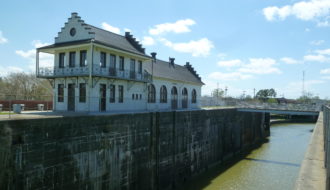
Plaquemine Lock
The Bayou Plaquemine Lock once allowed ships to pass from the Mississippi River through the bayou to Louisiana's interior.

The Bayou Plaquemine Lock once allowed ships to pass from the Mississippi River through the bayou to Louisiana's interior.
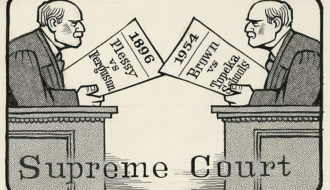
A US Supreme Court decision handed down in 1896 enacted “separate but equal” as the law of the land, a doctrine of racial segregation that lasted nearly six decades.

One of Louisiana’s most famous legal cases, Plessy v. Ferguson joins Dred Scott v. Sanford (1857) and Brown v. Board of Education of Topeka, Kansas (1954) as key rulings on the US civil rights timeline.
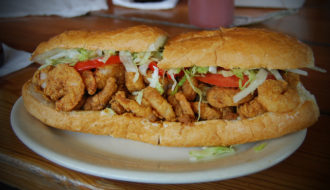
The so-called poor boy (po-boy) sandwich originated from the Martin Brothers' French Market Restaurant and Coffee Stand in New Orleans during the 1929 streetcar strike.
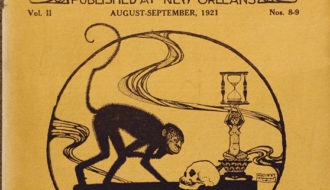
Louisiana poetry ranges from early francophone works to contemporary compositions.
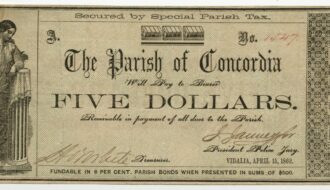
This distinct form of government exists in more than half of Louisiana’s parishes.

A distinct form of government exists in over half of Louisiana parishes
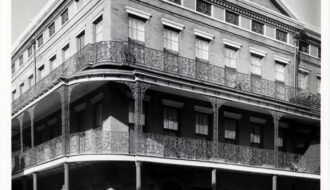
Baroness Pontalba's buildings on Jackson Square changed the haphazard design into a viable public area.
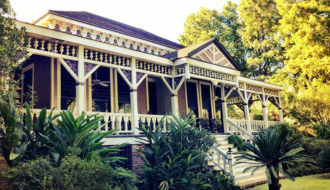
The Poplar Grove Plantation house was originally built for the 1884 World's Industrial and Cotton Centennial Exposition in New Orleans before being transported on a barge to Port Allen.
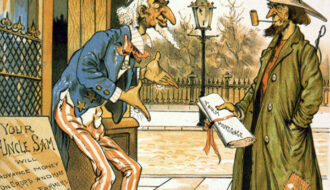
In the late 1800s Americans witnessed a period of rapid industrialization and political transformation that drew some Louisianans to the Populist movement.

In the late nineteenth century, Populist Party advocates railed against the prevailing system and urged cooperation among oppressed peoples to secure reform.

Louisiana’s southernmost port on the Gulf of Mexico plays a critical role in the US energy industry.
One-Year Subscription (4 issues) : $25.00
Two-Year Subscription (8 issues) : $40.00
